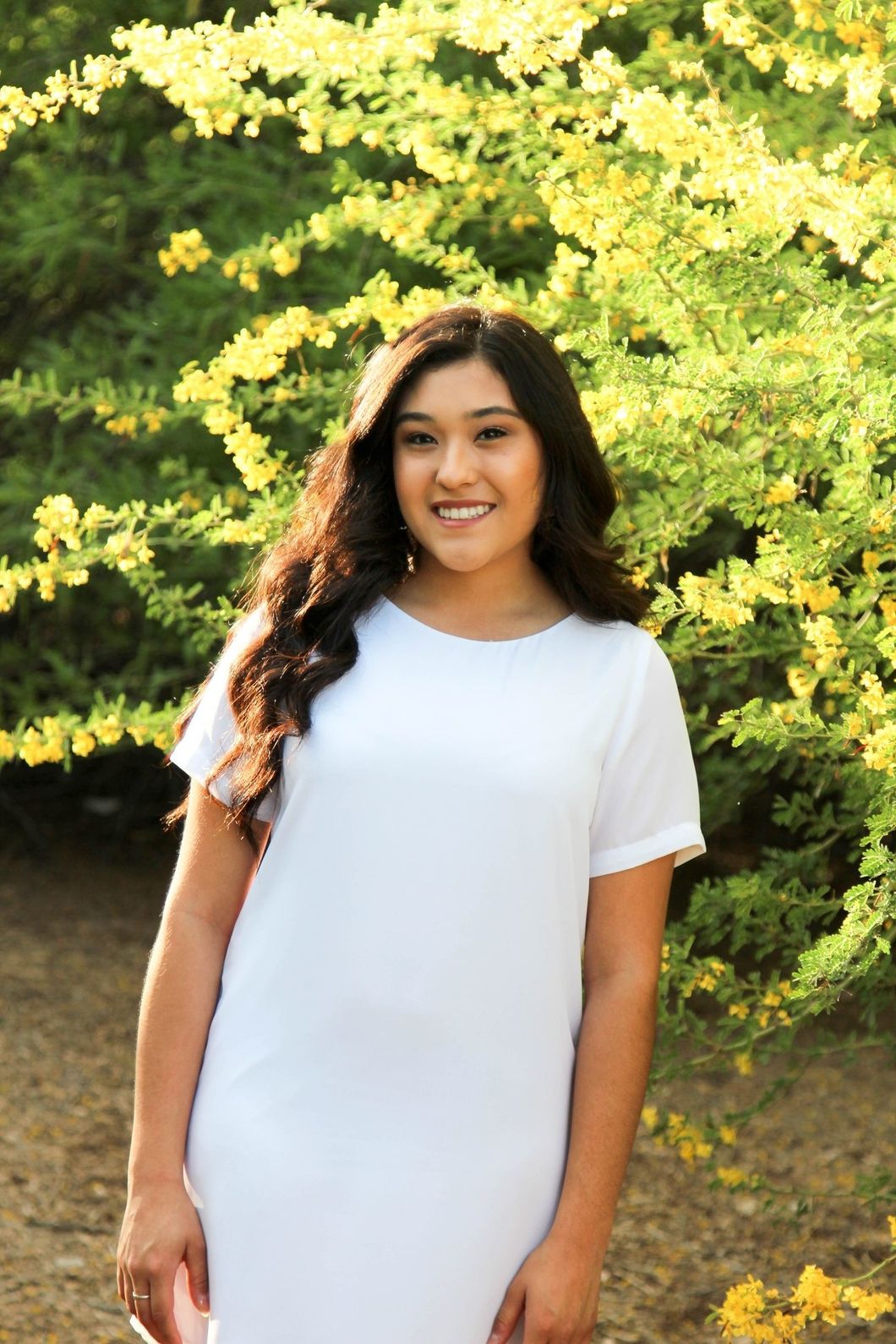Is there a news program today that isn't talking about the border? U.S. towns along the border are portrayed by mainstream media as crime-filled, violent and scary. With all the negative reputations –– a border town is pictured as in the middle of a desert, tall fences, sad, broken families and chaos. It's hard to separate fact from fiction in today's media. In order to find the truth, we have to do some digging –– so I did a little digging to find it. What is life like in a border town?
Meet Madison. A 20-year-old student at the University of Kentucky from Yuma, Arizona. Yuma is about 15 minutes away from the Mexican-American border. In fact, her own father was a Mexican-American immigrant and now an American citizen. Madison grew up with several children whose parents were immigrants––even some who still have family in Mexico.
"The media is blowing this out of proportion," says Madison, "Of course, we see illegal immigration, but today's society doesn't understand what life is really like on the border. There is a fence. There is a physical barrier across the border. Also, we see so many checkpoints. For example, one day after I turned 16 and was driving home from school; I was pulled over by a border patrol agent. In Arizona, border control has the right to pull over any suspicious vehicles. It's a little terrifying, but they're just doing their job and trying their best to keep us safe."
The occasional pullovers aren't the only thing that happens.
Madison goes onto explain that helicopters with spotlights are extremely common. Border patrol is working as diligently as possible to keep Americans safe. Not only are they keeping US citizens safe with these security precautions, but she said there is already a physical barrier.
The fence is huge.
According to the Office of Immigration Statistics, overstayers of US work visas are the largest contribution to illegal immigration. But, those workers are essential to places like Yuma –– which has a strong agricultural economy. Yuma is the largest leafy green vegetable producer during the winter months –– almost 90 percent. The problem arises because farmers don't have enough American workers wanting to work in the vegetable fields –– so they must turn to H2A workers in order to continue their farming operations.
She said that life in Yuma isn't scary. The poverty in the Yuma area contributes the most to crime––and in low-income areas are those with the most crime. Now, is there crime in Yuma? Yes. Is there cartel presence in Yuma? Yes. However, you don't really realize they're there. A year ago, an abandoned KFC in Yuma was discovered to have a tunnel built underneath it that lead into Mexico. It has been assumed this was used by cartels so could smuggle drugs in. She said that if you go looking for cartels, of course, you can find them. But, the truth is that it doesn't affect her everyday life and it's not like they are taking over the town.
Some of Madison's family still lives in Mexico. She said they take trips often to see them. But contrary to what Americans may believe, many Mexicans don't want to come to the US. They are happy where they are.
She said there's a huge misconception that every Mexican wants to move to America.
Madison says the top few things she wants people to know about life on the border is not the way the media makes it seem. She said she loves her small town community and she loves where she grew up. It's not scary, there are tons of precautions and she has never has felt unsafe there. She said the border control officers are viewed very similar to police officers here, just real people with real families protecting this nation and trying to help others. "People tend to think of them as villains but they're just doing their job." She also wishes people would understand that there is an expensive barrier already there and border patrol agents are doing the best they can to keep undocumented immigrants out while still keeping American citizens safe.
"If you want to have an opinion, which of course everyone is entitled to have one––make it informed. Don't believe everything people feed you. Go out, explore new cultures and learn. If you want to experience what life is like near the border––go visit it. She said every place is different and in her smaller port entrance this is what she knows to be true. The biggest lesson we can all learn is that as American citizens––it's important to hear the news, but it's up to us to fact check and ensure that what we are hearing and spreading is truthful.
A very special thank you to Madison for sharing her story and allowing us to hear the truth about her life on the southern border.
















